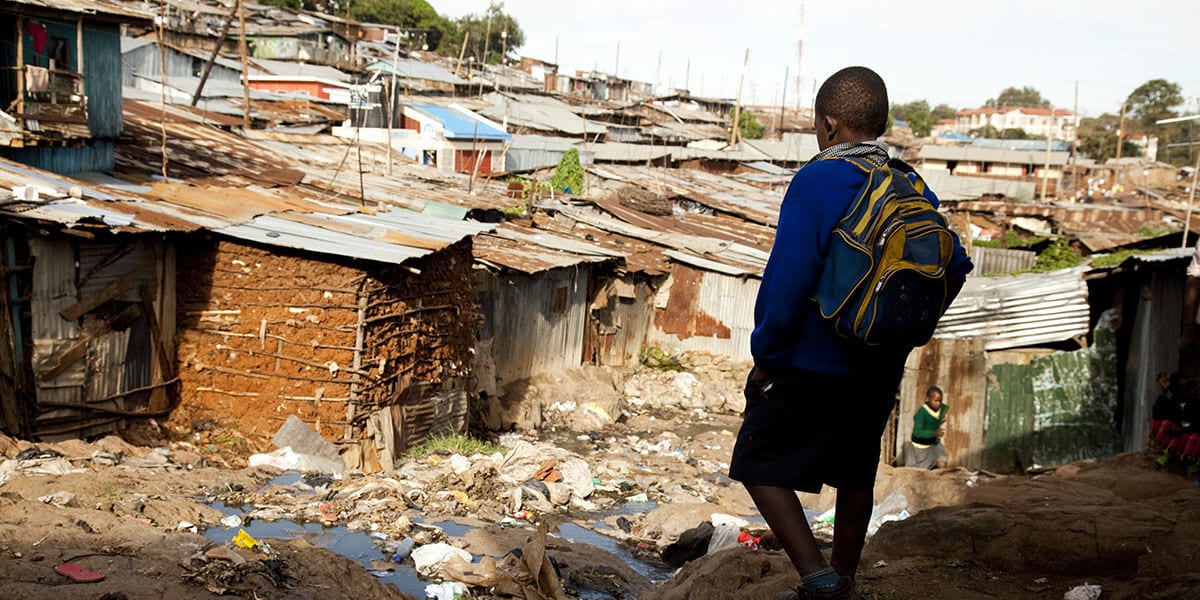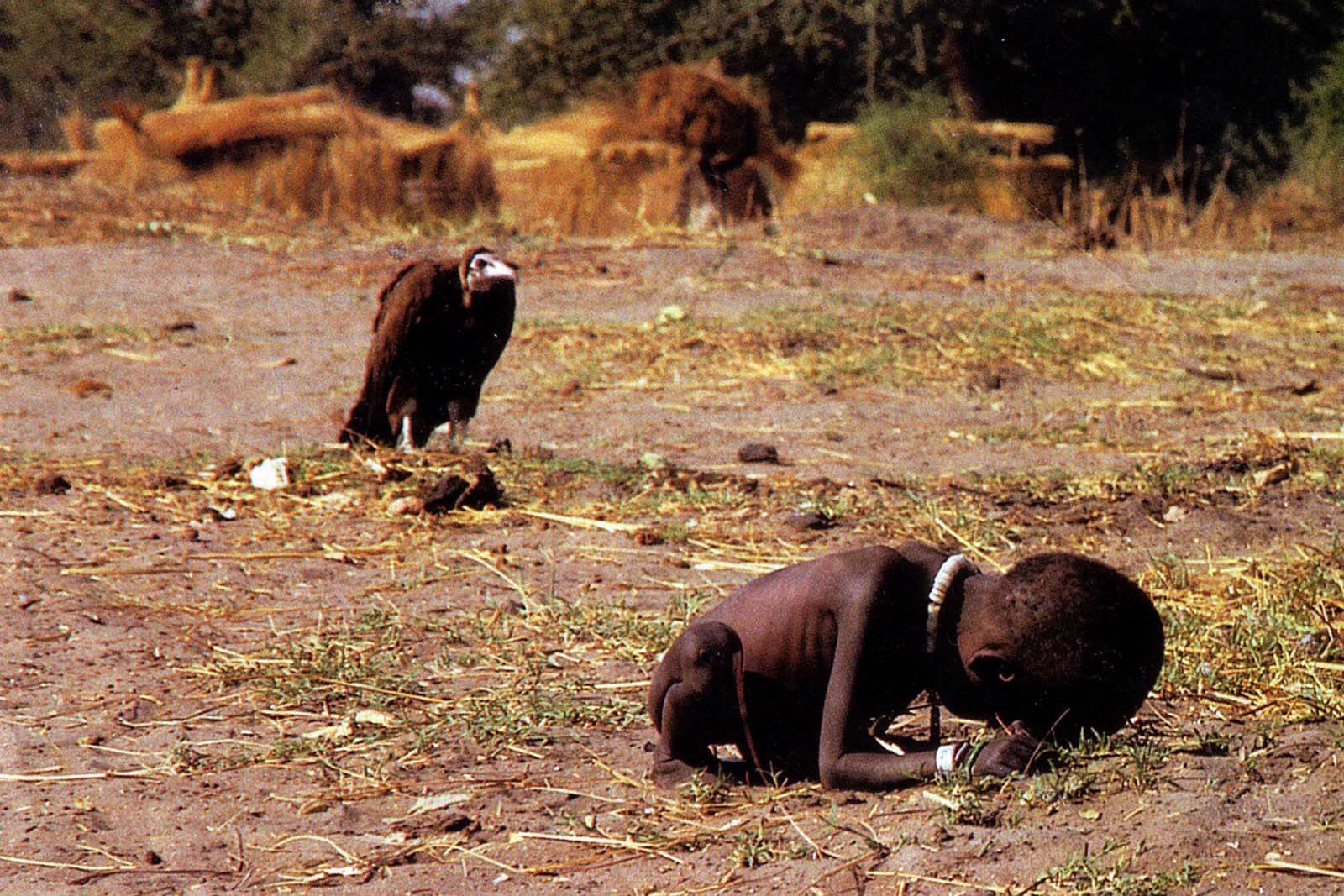By Dimitris Kolias,
Today and each October 17th is the International Day for The Eradication of poverty. On this day in 1992 thousands of people gathered in Trocadero, Paris, the same place where 1948 the Declaration of Human Rights was signed, to honor the memory of the victims of extreme poverty, violence, and hunger. It was then that poverty was declared a violation of the rights of Man and the need to come together to assert those rights was ratified. Each year on this day all member states of the UN are invited to present and promote concrete proposals aiming to eradicate poverty and deprivation.

Now, thirty years later, let us see what we have achieved. In 1990, about 36% of the world’s population was living with under $1.9 per day, in 2021 it was closer to 9.2%, numerically this amounts to 1.9 billion people in 1990, contrasting to 0.7 billion in 2020. This appears to be a major improvement, but it still means that almost a billion people are still spending their lives in extreme poverty, and the numbers can only go up from here. Just in 2020, due to COVID-19-related circumstances, another 97 million people were driven below that 1.9$ per day mark, and we do not know about the effect the pandemic had in 2021, with some fearing it may be even worse. To add to that, conflicts, man-made climate change, and good old capitalism keep raising the toll.
It is not a hard realization to make that the task of eradicating poverty on a global scale is not simple, to say the least. On the contrary, it is complex, and multifaceted and must be realized on a bafflingly large scale, but that doesn’t mean we should not make a collective effort. So, how can we simplify it a bit?

The usual distinction people tend to make at this point is between poverty in “developed” and “developing” nations. In the latter category, the causes for extreme poverty usually seem clear, to our western and quite biased perspective, i.e., climate change, which leads to famine and disease, corruption, which leads to economic crises, and warfare, which leads to the general misery. On the other hand, when talking about “developed” nations some people tend to think that there is no extreme poverty to be found. Of course, that claim is wildly incorrect because, in the end, we are all suffering from the same afflictions; the only difference in the case of the west is that corruption and its subsequent economic crises hold the reigns now.
Once again, this day is the designated day for eradicating all forms of poverty. Today we may hear triumphant speeches from world leaders saying that most of the work is done while, in the same breath, pledging to do the bare minimum if nothing at all for the year to come, or solely covid being blamed for rising poverty. Whatever the case we should all keep in mind that 700 million people live in crushing poverty and no matter what is proposed today as a mending aid or a solution we should probably advocate for way more than that, both at home and abroad.
References
- Global poverty: Facts, FAQs, and how to help, worldvision.org, Available here
- 2022 Theme: Dignity for all in practice, un.org, Available here
- International Day for the Eradication of Poverty, un.org, Available here




